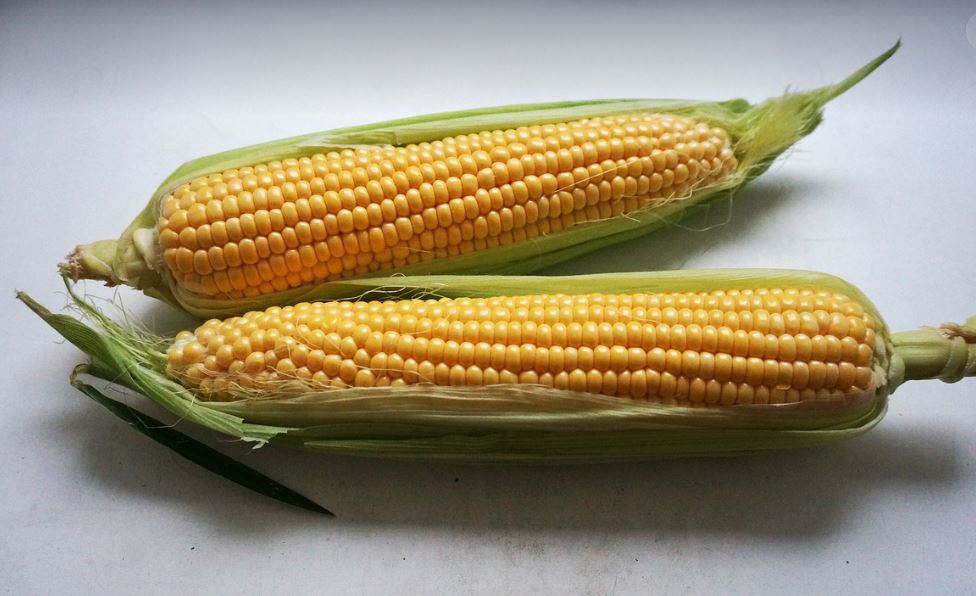Porto Alegre, September 24, 2024 – The planting of the 2024/25 summer crop is progressing this September with the good rainfall registered in the South region, although it is still at a standstill in other regions. In fact, this is important for observing the inflow of the summer crop and, with this planting profile, we can assess
that it will be more distributed and less concentrated in a discreet crop. On the other hand, we still have the planting of the soybean crop that directly affects the trend of the 2025 second-crop planting window, which we will need to come in good volume. This need occurs due to the very high demand profile of the feedstuff segment, mainly based on data from the laying chicken farming, now with housing being reinvigorated and the resumption of higher average weight in pig farming. 2025, however, has an additional factor: at least six new corn ethanol mills will come into operation in the 25/26 cycle, which will require more corn supply in 2025. If these two demands still do not convince us about the need for a good second corn crop next year, just remember that we still have a natural flow of exports, since Brazil is the second-largest global exporter.
Cycles of ups and downs in the commodities markets are normal, and in the case of corn they are even more routine. After three years of high prices, we now have a year of more balanced prices, but this is not a cycle that will settle down future prices. If in 2024, the production losses of the second crop are being neutralized by a reduction in the pace of exports, in 2025 the Brazilian domestic market will not accept a second major production loss. This is starting to become more evident in the domestic demand environment.
The current supply and demand picture, referring to the 23/24 crop, 24/25 business year, was updated by Safras & Mercado last week. In the regular review of the data, there were adjustments in the demand for corn in the meat and feedstuff sector. Chicken farming with greater housing, pig farming recovering prices and average slaughter weight, and the feedstuff sector for fish farming and other animals registered positive corrections. However, the biggest adjustment stems from the always difficult laying sector for housing data. Higher-than-expected housing in the sector brought a boost in demand in the animal sector, which should now reach 60 mln tons.
We also adjusted the profile of corn demand for the ethanol segment to this year’s consumption of 17.4 mln tons, due to the entry into operation of new structures in the industries already installed and small regional plants. This represents an increase of one mln tons compared to the previous forecast for this business year.
Exports for 2024 are progressing well in line with this year’s crop size. September is now scheduled for 7 mln tons, the best shipment of the year, with October having 1.2 mln in the initial schedule. Year-to-date, we now have 22.1 mln tons, a good pace for a year of production losses. However, we still have October to January to reach the target of 40 mln tons for the year. Owing to the difficulties of Paraná and Mato Grosso do Sul in achieving better export numbers this year, we are making a slight cut in shipments to 39.6 mln tons, which is still fully achievable this year.
With these data, we have cut the expected Brazilian carryover stocks by just over 10 mln tons, now to 7 mln tons. The cut is purely due to the demand scenario. The result of exports may adjust these stocks up or down. Therefore, the export framework remains fundamental.
For 2025, the highlight is domestic demand, which could reach 90.4 mln tons or more. The first point is that, due to the livestock cycle, we could have a favorable year for the chicken and pork segments, with high prices for beef. Demand for corn continues to increase via the meat sector. However, in the ethanol segment, the market is already carrying demand growth from 2024, with demand being added to existing plants with their crushing expansion programs. Moreover, in 2025, at least six new factories that have already been announced will start operating or will need corn stored in 2025 to start operations in 2026. There are three new large factories in Mato Grosso (Porto Alegre do Norte, Canarana and Confresa), one in Balsas (Maranhão), one in Luís Eduardo Magalhães (Bahia), and one in Sidrolândia (Mato Grosso do Sul). Since they will not be ready and in full operation in 2025, demand could grow by at least 1 mln in the first stage and grow by another 4 mln tons in 2026.
Therefore, Brazil would still have room to export nearly 42 mln tons in 2025. This volume could be limited according to the speed of operation of the new ethanol plants. However, Brazil must start evaluating better incentives for growers to increase corn production, since we will once again be reaching a more adjusted profile of domestic supply and increasingly stressing this competition between domestic demand and exports. Of course, reductions in supply from Brazil on the world market also help to raise external prices.
Safras News

